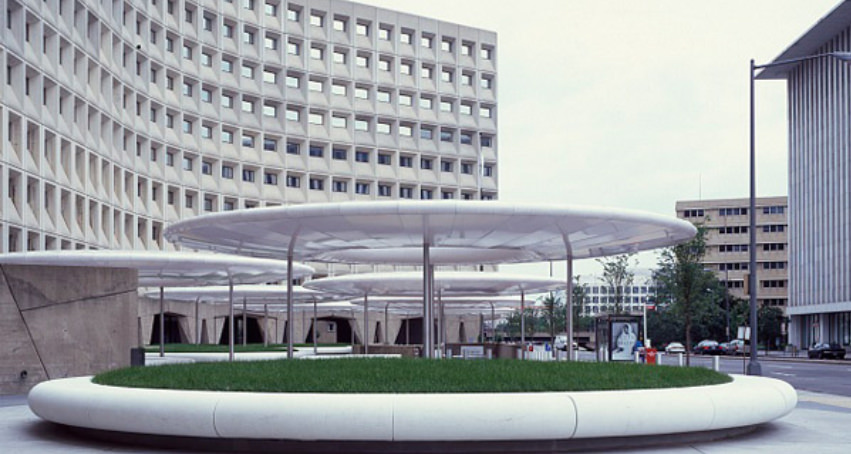September 22, 2017

The Department of Housing and Urban Development has announced federal disaster relief for natural disaster victims in Puerto Rico. According to a press release on the FHA/HUD official site, the following municipalities have been declared major disaster areas:
Aguas Buenas, Aibonito, Arecibo, Arroyo, Barceloneta, Barranquitas, Bayamón, Caguas, Canóvanas, Carolina, Cataño, Cayey, Ceiba, Ciales, Cidra, Coamo, Comerio, Corozal, Culebra, Dorado, Fajardo, Florida, Guayama, Guaynabo, Gurabo, Humacao, Jayuya, Juana Díaz, Juncos, Las Piedras, Loíza, Luquillo, Manati, Maunabo, Morovis, Naguabo, Naranjito, Orocovis, Patillas, Ponce, Rio Grande, Salinas, San Juan, San Lorenzo, Santa Isabel, Toa Baja, Toa Alta, Trujillo Alto, Utuado, Vega Alta, Vega Baja, Vieques, Villalba and Yabucoa.
Those in a federally declared disaster area have options for relief from agencies including FEMA, the FHA, and HUD. According to the press release, “HUD’s Section 203(k) loan program enables those who have lost their homes to finance the purchase or refinance of a house along with its repair through a single mortgage. It also allows homeowners who have damaged houses to finance the rehabilitation of their existing single-family home”.
That is not the only help available to those in the affected areas. In addition to a general 90-day moratorium on foreclosure actions on FHA loans, there are other types of FHA loans available to help home owners repair or replace houses damaged or destroyed by a natural disaster.
The FHA 203(h) rehab loan program is for both purchase and refinance loans, and can be used in conjunction with FHA 203(k) loans. The 203(h) program is specifically for those who need help in federally declared disaster areas, and certain features of this type of loan (such as the zero down payment option) are not found in non-disaster relief type FHA home loans.
Home owners who have damaged or destroyed property in federally declared disaster areas should contact FEMA, their lenders, insurance agents and other providers as quickly as possible following the damage. It’s not safe to assume that your loan payments are no longer due because a home is not inhabitable.
It will be up to the home owner and the lender to work out arrangements and begin the recovery process. It is also not advisable to rush into insurance settlements without a chance to properly evaluate the damage, the financial impact of that damage, and what it may take to repair or replace the home.
Borrowers who live in areas damaged by a natural disaster but that have not been declared a federal disaster area should contact their participating lender to see what options are open to them in the form of foreclosure relief, loan forbearance, rehab/repair loans, and other options. Some areas may later be declared as major disaster zones, depending on the nature and severity of the damage in that area, and how soon the damage can be evaluated.

